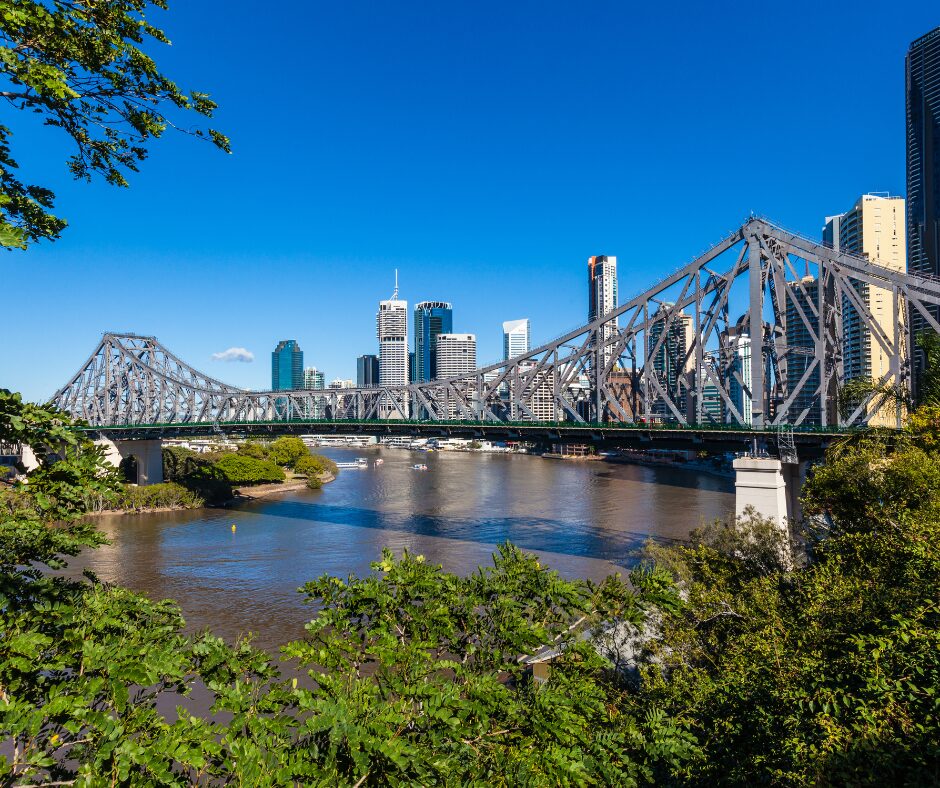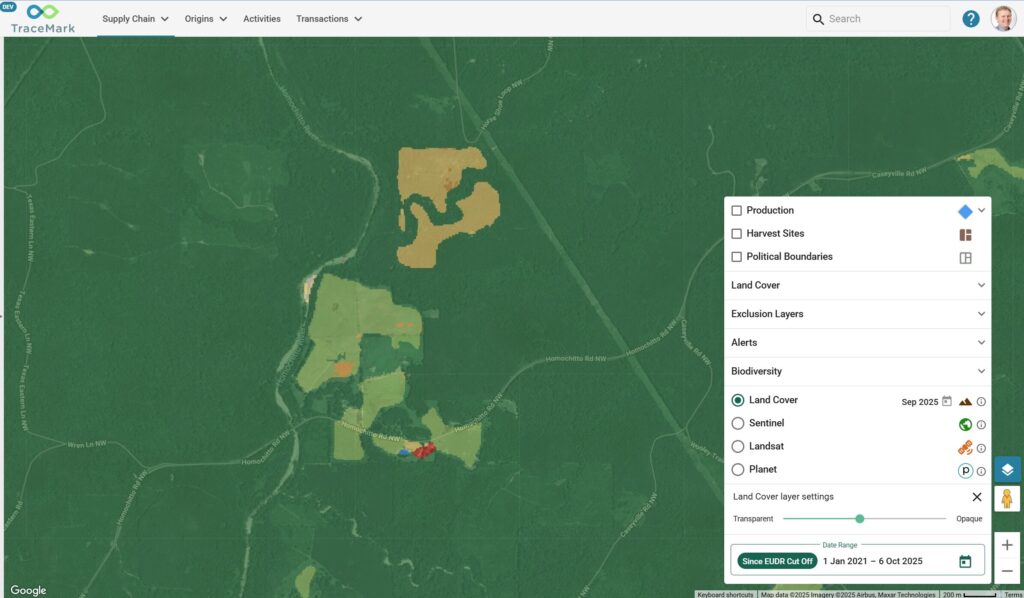Location technology gives public transport commuters a personalised experience

Location technology is revolutionising the public transport industry by giving commuters real-time, personalised journey information, direct to their smartphones. It’s a customer service innovation that gives forward thinking transport companies and local governments the opportunity to increase patronage, improve goodwill and reduce customer dissatisfaction.
Commuters have long been at the mercy of public transport failures. Despite the best planning and technology, providers often suffer service delays and cancellations, due to events out of their control.
It’s this unreliability and uncertainty that causes many users enough grief to give up on public transport altogether, preferring to drive themselves or hire services, such as Uber. While standing for 30 minutes on a bus or train commuting to work is typically not the problem, standing for 30 minutes and waiting for a delayed bus to arrive is unacceptable.
The solution is to use maps and location-based technology to keep commuters updated with real-time, personalised information. The result is superior customer service with the potential to boost customer loyalty and retention rates.
Reduce Customer Wait Time
Location-services make it possible to calculate vehicle arrival times using live traffic data, the vehicle’s location and the timetabled route. To reduce uncertainty when a bus or train is overdue, users can access live updates with accurate arrival times and adjust their schedule as needed. Reduced uncertainty keeps customers happier, less annoyed and therefore more likely to use the service in the future.
Personalise Commuter Experience
By integrating maps-based technology with apps, smartphones and Bluetooth, transport providers can beam information to individual users. For example, beacon technology, uses Bluetooth to send personalised information directly to commuters’ smartphones, including routing information, predicted travel time and accurate arrival times. Apps that learn where a person travels on a daily basis can automatically filter essential information, delivering customised notifications for wait times, service changes and alternative routes.
Alert Users of Congested Services
More complex to achieve, but nevertheless valuable information for time-poor travellers is the occupancy rate of services. Location sensitive apps and tag-on and tag-off data can be used to estimate congestion and alert commuters of potential delays due to full services. Cameras that can detect people are also being used to determine occupancy. Users can then be provided with alternative routes and modes of transport, allowing them to get to their destination on time with minimum hassle.
Emergency Re-Routing
In the case of service failures, traffic hazards, accidents and emergencies, commuters can be provided with individual re-routing suggestions, equipping them to take immediate steps to avoid problem areas. Location-based alerts can be sent to nearby travellers via beacon or in-app push-notifications ensuring they don’t get stranded mid-journey.
Automate Pricing and Payments
Buying tickets or topping up subscription cards (like Smartrider, Myki or Opal) can be a hassle for commuters, especially when running late. By integrating maps-based technology with ticketing systems, payment facilities can be automated. Fees can be calculated based on geographical boundaries, numbers of kilometers or travel duration. Using a smartphone app, payments can be accepted and automatically charged to a commuter’s account.
Suggest Alternative Routes
Combining public transport data into a central maps-driven system makes it possible to suggest alternative modes of transport for each travel destination. For example, alternative Routes A, B and C may include a combination of transport modes including bus, train, tram and ferry, with walking and driving suggestions as required. By further enhancing this data with live location-services such as road traffic information, users can see which alternative route is the best choice at that time. For example, if Route A’s train service is full but road traffic is light, perhaps it would be better to take Route B and walk two blocks to catch the bus.
The challenge with realising these possibilities is the ability to connect data together in central platforms such as Google Maps. To facilitate progress, transport companies and government authorities must adhere to a policy of open data. This allows cross-source data sharing and user enrichment which can be used to provide a better, more comprehensive service to customers.
As population and urban density increases, implementing mapping and location technology for public transport is in everyone’s best interest: from providers wanting to increase profits, to patrons needing reliable transport and State Governments with carbon-neutral targets.
NGIS can help implement location technology for a dramatically improved customer service.
Get in touch to find out more.
Related Articles
Here are more related articles you may be interested in.







